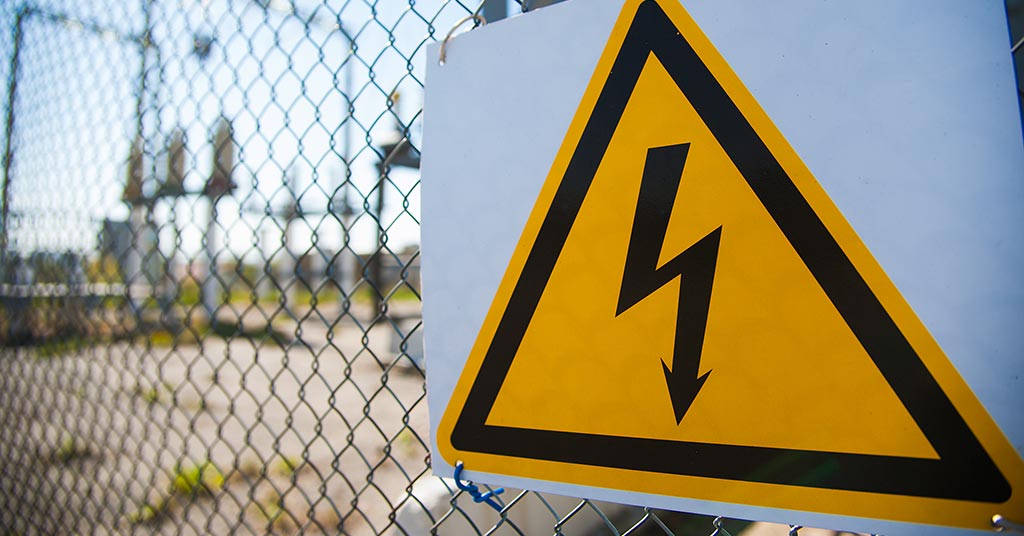Homeowners’ liability for electric fence injuries

15 Dec 2022
Electric fencing is not designed to be lethal, but it can cause significant injuries. With the abundance of electric fencing in South Africa, accidental injuries are quite common.
In some cases, the owner of the property can be held liable if someone gets hurt by their electric fencing if it’s improperly installed or operated.
In this article, we look at:
- the risks posed by electric fencing
- who is liable for electric fence injuries?
- electric fencing requirements for homeowners
- personal injury claims related to electric fences.
Risks posed by electric fencing
Electric fencing creates intermittent electronic pulses of up to 10,000 volts. The system is not lethal because the electricity turns on and off every second.
However, it can deliver a significant shock, especially if someone becomes entangled in it.
Children and people with heart issues or pacemakers are particularly at risk of injury if they’re subjected to continuous electric shocks.
Who is liable for electric fence injuries in South Africa?
Homeowners who do not have a Certificate of Compliance from a qualified electric fence installer can be held civilly and criminally liable if someone is injured by their electric fence.
According to the Electrical Machinery Regulations of 2011, electric fencing that’s not installed following the Electricity Security Installations Regulations is considered illegal.
A home with electric fencing can’t be sold without a compliance certificate to ensure buyers don’t unknowingly buy a house with noncompliant fencing.
Electric fencing requirements that homeowners must meet
To ensure safety and prevent injuries, homeowners must comply with the Electricity Security Installations Regulations. Homeowners who don’t comply can face hefty fines or even jail time.
These regulations include:
- The wall the electric fencing is installed on must be at least 1.5 metres high.
- If the fence brackets are angled, the maximum outward angle is 45 degrees and it must be installed on the inside of the wall.
- Homeowners need their neighbour’s permission if the brackets angle into their property.
- The fencing must be installed and operated in a way that won’t be a hazard to people or animals.
- The maximum distance between posts for electric fencing is three metres.
- A minimum of three earth spikes must be installed for every 30 metres of fencing.
- It’s prohibited to electrify barbed or razor wire fencing.
- Yellow warning signs must be installed at all gates and access points.
- Gates with electric fencing must open and close without any risk of electrocution.
Personal injury claims for electric fence injuries
If someone is injured by electric fencing that’s improperly installed or operated, he or she can claim compensation from the homeowner.
Depending on the severity of the injury, he or she can claim compensation for current and future medical costs, loss of income and even general damages.
DSC Attorneys is a specialised personal injury law firm in Cape Town with extensive expertise with personal injury claims including those involving electric fence injuries.
If you think you might have a claim, you can contact them on 0861 465 879 to schedule a free first consultation.
See also:
- Claims for gym accidents and faulty fitness equipment
- Delictual liability for sports injuries and fatalities
- Road Accident Fund adjusts claims limit
- Wrongful death

